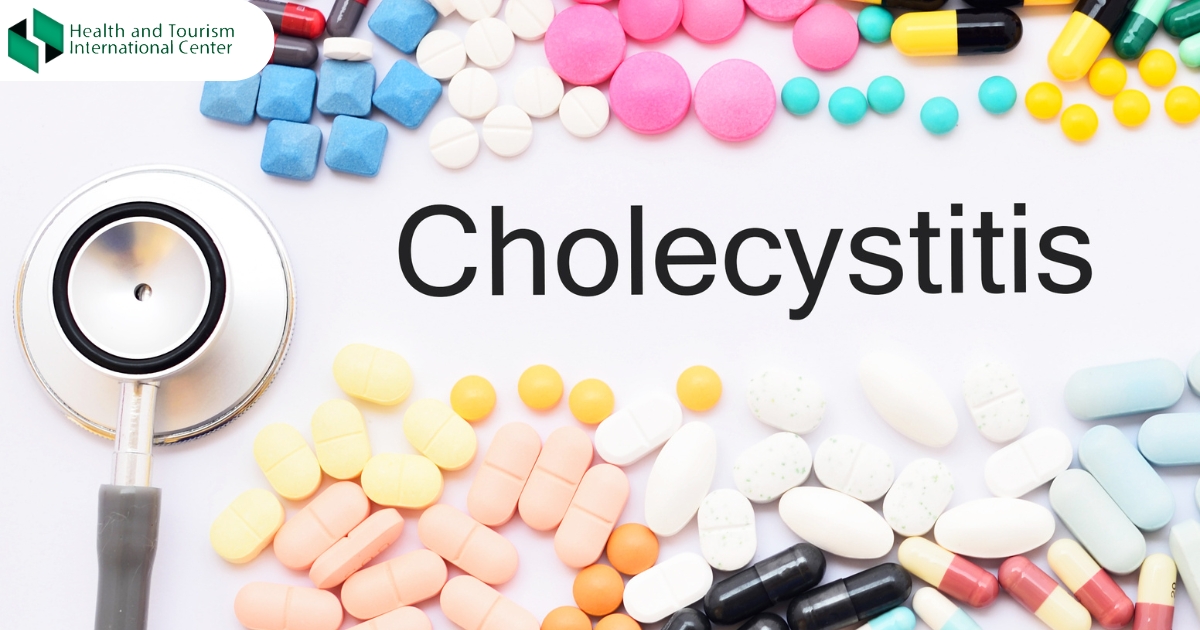What should you know about cholecystitis diagnosis and treatment methods?
Cholecystitis is an inflammation of the gallbladder.
Tests and procedures used to diagnose cholecystitis include:
- Blood tests.
- Imaging tests that show your gallbladder. Abdominal ultrasound, endoscopic ultrasound, or a computerized tomography (CT) scan can be used to create pictures of your gallbladder that may reveal signs of cholecystitis or stones in the bile ducts and gallbladder.
Treatment
Treatment for cholecystitis usually involves a hospital stay to control the inflammation in your gallbladder. Sometimes, surgery is needed.
At the hospital, your doctor will work to control your signs and symptoms.
Treatments may include:
- Fasting. You may not be allowed to eat or drink at first in order to take stress off your inflamed gallbladder.
- Fluids through a vein in your arm. This treatment helps prevent dehydration.
- Antibiotics to fight infection.
- Pain medications.
- Procedure to remove stones.
Your symptoms are likely to decrease in two or three days.
However, gallbladder inflammation often returns.
Most people with the condition eventually need surgery to remove the gallbladder, which in medical terms is called cholecystectomy.
Cholecystectomy is a mini-invasive procedure, performed laparoscopically.
Source:
https://www.mayoclinic.org/diseases-conditions/cholecystitis/diagnosis-treatment/drc-
20364895

